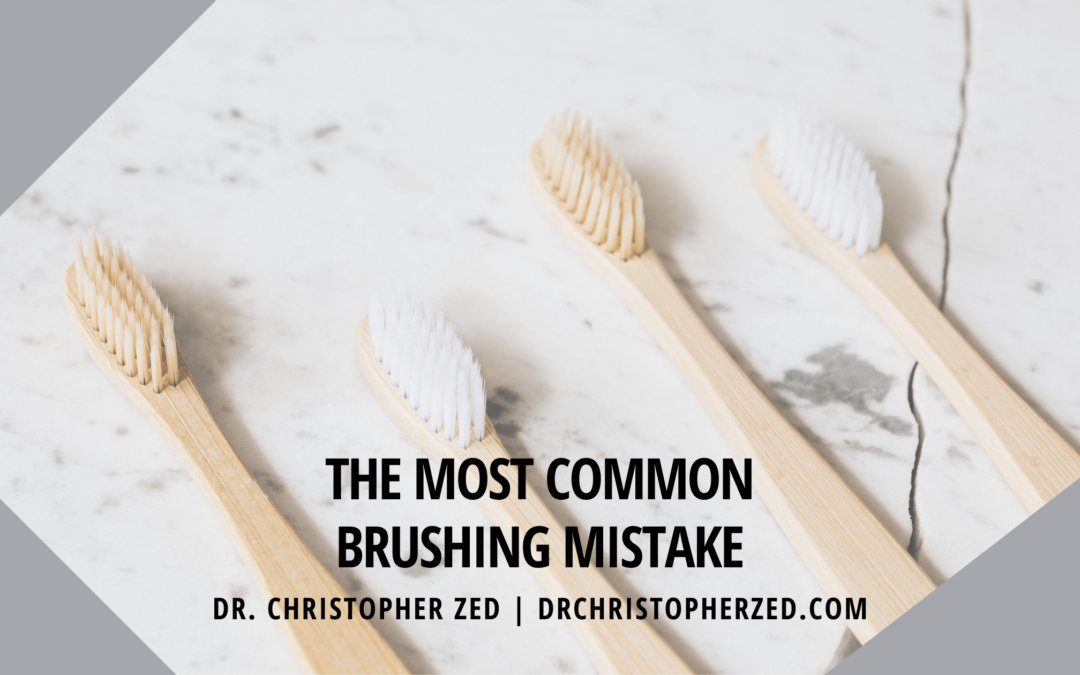Teeth brushing is vital for maintaining optimum oral hygiene. However, some oral hygiene practices, such as rough brushing, can do more harm than good. Aggressive brushing techniques are often misleading because they give off an illusion of whiter teeth. In reality, forceful teeth brushing is one of the leading causes of teeth and gum damage.
Several oral hygiene studies reveal that over 10 percent of Americans suffer from oral injuries arising from rough brushing practices. Read on to discover why aggressive brushing is terrible for gum and teeth health.
1. Gum Sensitivity
Forceful teeth scrubbing techniques apply too much pressure on gums, causing them to become extra sensitive. This sensitivity causes pain when teeth contact cold or hot drinks and sugary foods. Over time, the repeated hard scrubbing eventually leads to severe gum recession. Gum recession is a major aesthetic issue and can drastically alter smile quality. Besides the aesthetic damage, receding gums often worsen tooth sensitivity and lead to root cavity and periodontal carries.
2. Enamel Loss
Frequent and aggressive brushing wears down the enamel, which plays a vital role in preventing decay and dental caries. Despite being one of the most challenging compounds in the human body, the enamel is susceptible to erosion from rough brushing practices. Unfortunately, natural enamel repair and replacement are not possible because the enamel lacks living cells. Enamel damage often manifests in teeth dulling due to the gradual wear and tear of the outer white layer.
3. Aesthetic Damage and Dental Carries
Rough teeth scrubbing techniques worsen decay by exposing the tooth root to bacteria. The result is recurring dental carries and an increased likelihood of periodontal complications. Gum recession ruins smile appearance by giving the impression of elongated teeth. Irreversible enamel damage leaves behind unsightly potholes on the teeth surface and exacerbates teeth yellowing.
Good Brushing Practices
Switching to a gentle brushing routine cleans teeth while reducing the risk of gum recession and enamel loss. Consider holding the toothbrush with the index and thumb rather than using the whole palm to minimize the pressure exerted on teeth and gums.
Use a soft-bristled brush to clean teeth in circular motions rather than drawing the brush sideways. Replace worn-out toothbrushes once every two months. Avoid brushing more than twice a day.

